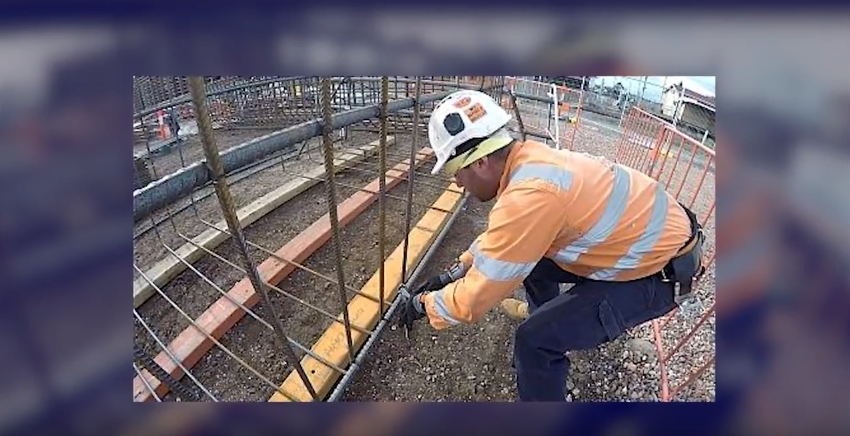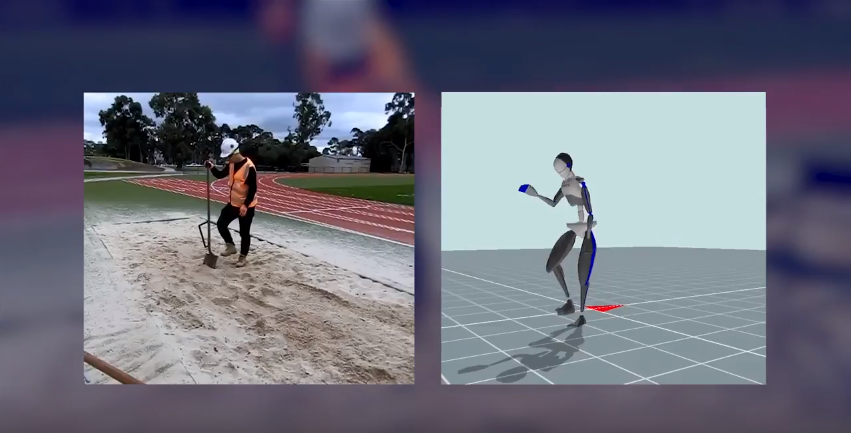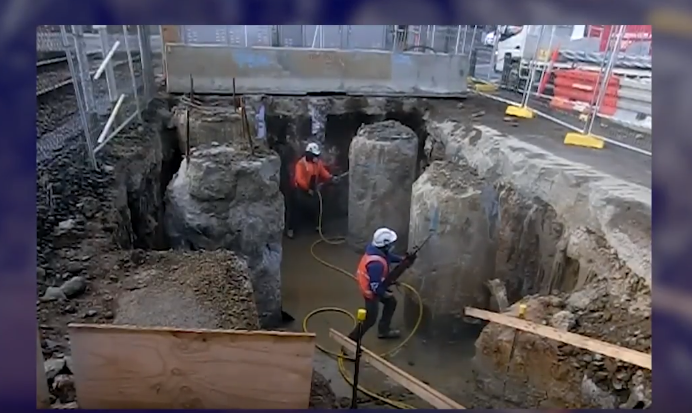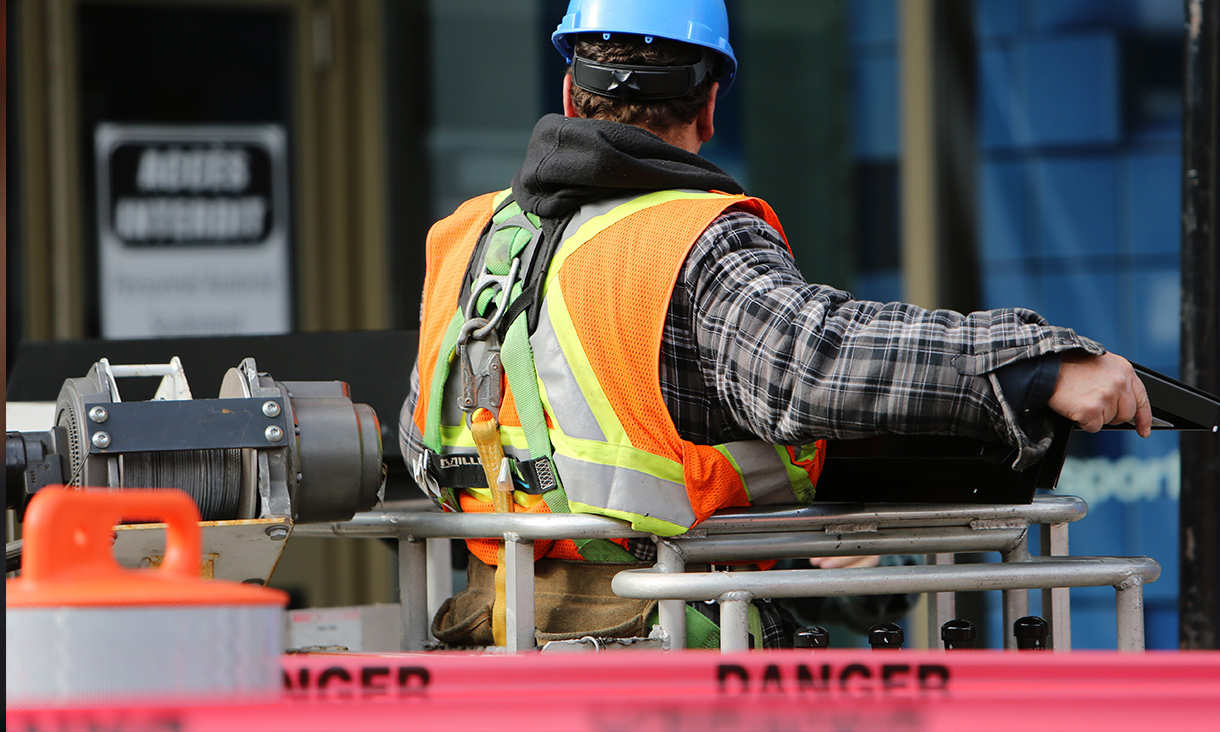Summary
Construction is a high risk industry for work-related musculoskeletal disorders. A multidisciplinary research team from RMIT worked with the Victorian Government’s Major Transport Infrastructure Program to assess and reduce the risk of work-related musculoskeletal injury in rail construction work.
A whole body system of wearable sensors was used to objectively measure risk factors for musculoskeletal injury while workers were performing their daily work tasks. Opportunities to reduce risks were identified and objectively measured. The research shows that musculoskeletal injury risk can be reduced by modifying the environment, redesigning methods of work and carefully selecting the tools and equipment to be used.
Team
- Helen Lingard
- Stephen Bird
- Olga Troynikov
- Noel Lythgo
- Isaac Selva-Raj
Partners
- WorkSafe Victoria and the Major Transport Infrastructure Program, Department of Economic Development, Jobs, Transport and Resources, Victorian State Government
Publications
- Full report: Musculoskeletal injury reduction
- Research to practice report: Musculoskeletal risk reduction
- Research to practice report: Musculoskeletal risk reduction - steel-fixing
- Research to practice report: Musculoskeletal risk reduction - cable-pulling and shovelling
- Research to practice report: Musculoskeletal risk reduction - jackhammering and shotcreting
Peer-reviewed papers/outputs
- LINGARD, H., SELVA-RAJ, I., LYTHGO, N., TROYNIKOV, O. & FITZGERALD, C., (2019), The impact of tool selection on back and wrist injury risk in tying steel reinforcement bars, Construction Economics and Building, 19(1), ID-6279.

Musculoskeletal risk reduction: steel-fixing
This video describes how three different tools impact the risk of musculoskeletal injury to the back, wrist and shoulder when fixing steel at different work heights.

Musculoskeletal risk reduction: cable-pulling and shovelling
This video describes how changing work processes and using modified equipment can reduce the risk of musculoskeletal injury.

Musculoskeletal risk reduction: jackhammering and shotcreting
This video describes how the adoption of alternative technologies and systems of work can reduce the risk of musculoskeletal injury in some high risk manual construction tasks.



